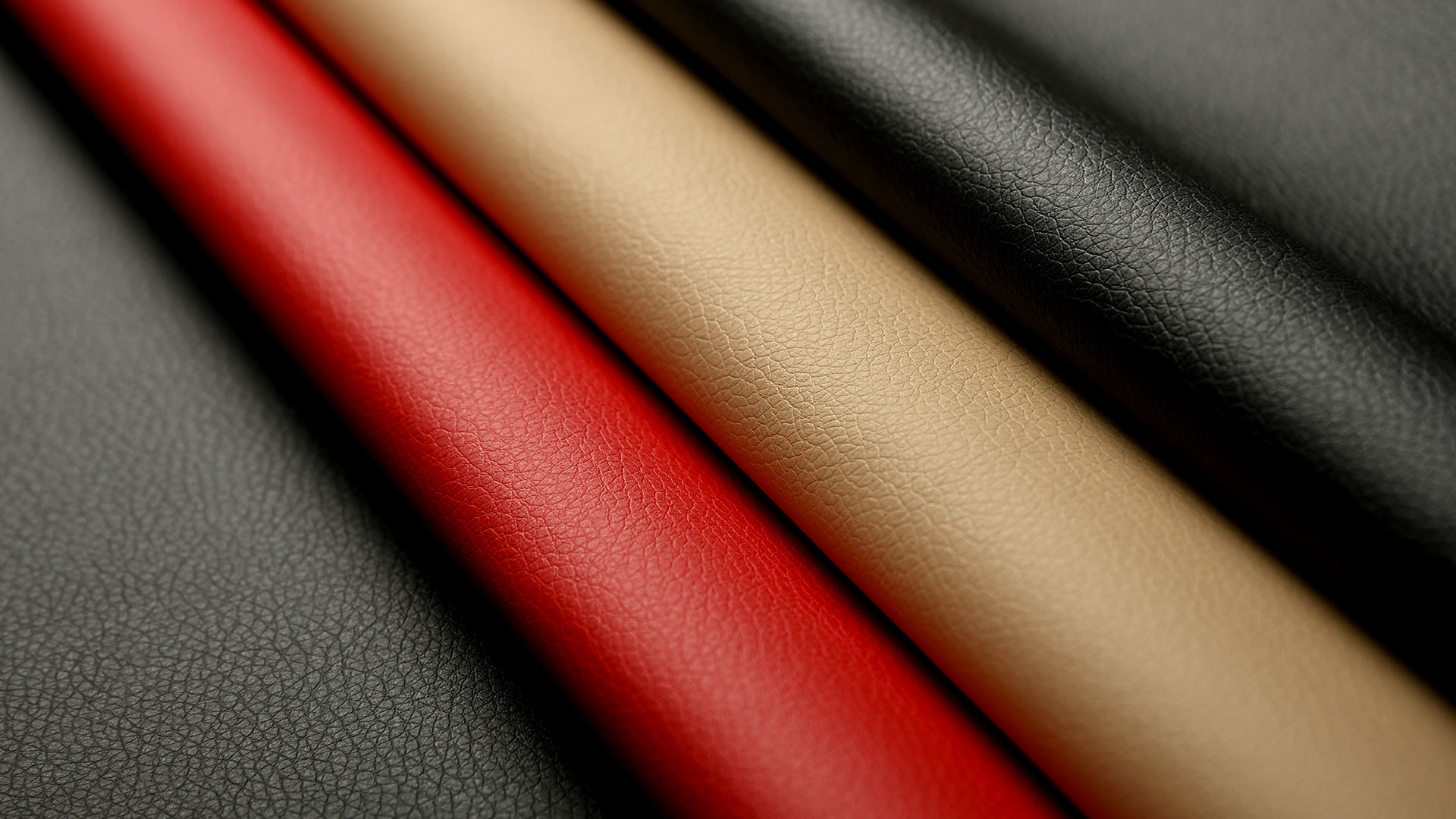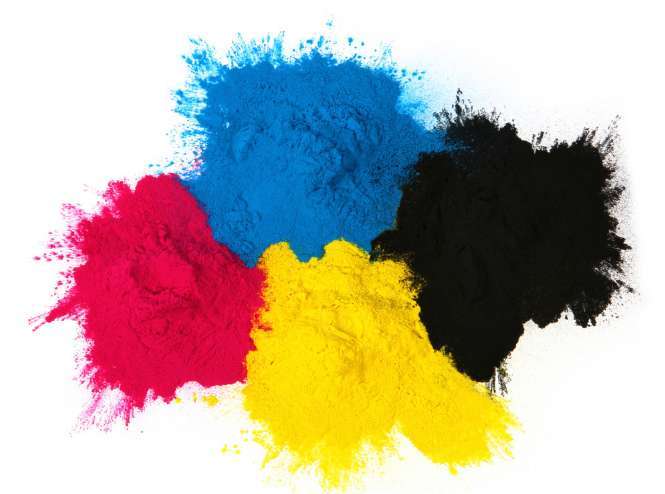The Application and Classification of Acid Dyes
Acid dyes are water-soluble dyes with acidic group structures that dye in acidic media. Most acid dyes contain sodium sulfonate, are easily soluble in water, have bright colors, and complete color spectra. Generally, they have no coloring power on cellulose fibers. Acid dyes have complete spectra, bright colors, and vary greatly in lightfastness and wet processing fastness. Different types of acid dyes have different dyeing properties and methods due to their molecular structure. Acid dyes are mainly used for dyeing wool, silk, and nylon, and can also be used for leather, paper, and inks. Generally, they have no coloring power on cellulose fibers.

Classification of acid dyes:
(1) Strong acid dyes. The earliest developed acid dyes need to be dyed in strong acid dyeing baths. Their molecular structure is simple, with low molecular weight, containing sulfonic or carboxyl groups, and have low affinity for wool. They can move uniformly on wool, resulting in even dyeing, also known as acid leveling dyes. However, the colors are not deep, wash fastness is poor, and they are harmful to wool during dyeing, resulting in poor hand feel after dyeing. For example, Acid Red G (C.I. Acid Red 1).
(2) Weak acid dyes. Weak acid dyes can be produced in strong acid dyes by increasing molecular weight, introducing aromatic sulfonyl groups, or introducing long carbon chains. Their molecular structure is complex, with strong affinity for wool. They can dye wool in weak acidic media without damaging it, with deep color and improved fastness, but the dyeing is uneven.
(3) Acid mordant dyes. An acid dye that forms metal complexes on fabrics after treatment with mordants such as chromium salts or copper salts. Acid mordant black T (C.I.) is a mordant with good lightfastness, wash fastness, and abrasion resistance. Media Black 11).
(4) Acid dyes are formed by some acid dyes complexed with chromium, cobalt, and other metals. They are water-soluble, have good lightfastness and sunlight resistance. No mordant is needed during dyeing. For example, Acid Complex Yellow GR (C.I. Acid Yellow 99).
Guidelines for selecting acid dyes:
Acid dyes are only suitable for positively charged fibers, such as polyamide fibers dyed in acid baths, but cotton fibers can also be dyed with cationized acid dyes. Increasing the number of cationic groups on cationic cotton can achieve better wash fastness. In any case, the overall color fastness of cationic cotton dyed with acid dyes is comparable to that of nylon.Dyeing with the same acid dye is equivalent.
Latest developments






